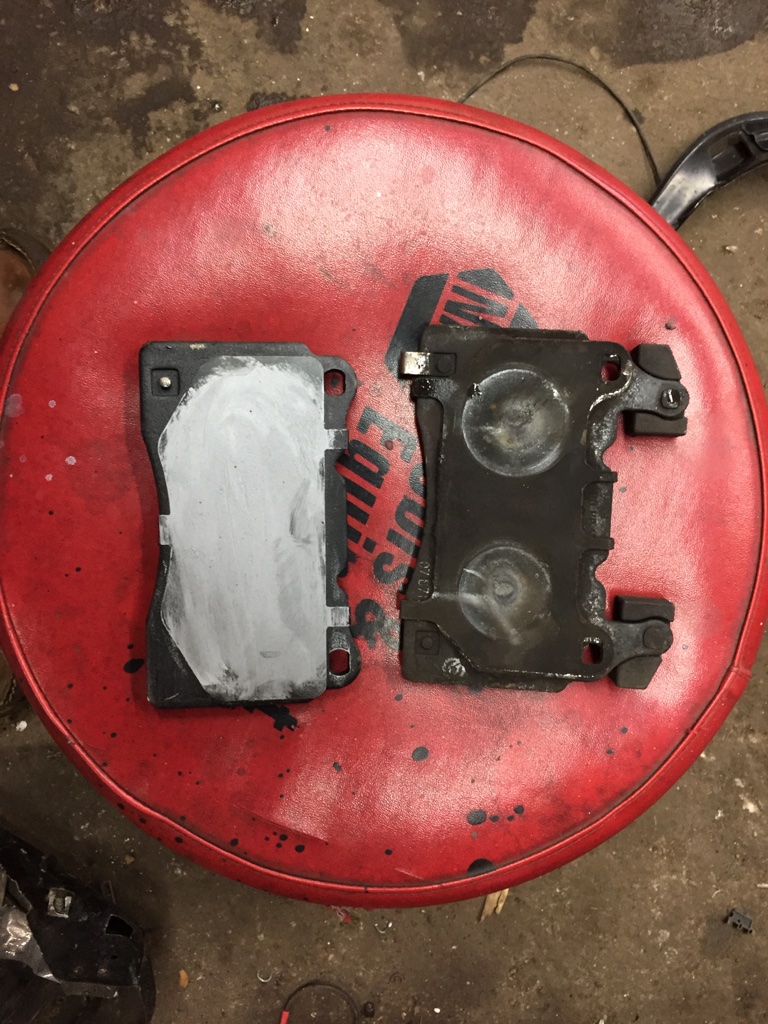The parking brake is a separate small electric powered caliper.
Tesla has started integrating the parking brake into the main caliper.
You can install our site as a web app on your iOS device by utilizing the Add to Home Screen feature in Safari. Please see this thread for more details on this.
Note: This feature may not be available in some browsers.
The parking brake is a separate small electric powered caliper.
Tesla has started integrating the parking brake into the main caliper.
December 2016Didn't know that, any idea when they started?
If the parking brake is integrated with the rear caliper, one usually does not compress the piston(s) but screws them in....
Car repair can be hazardous, please the proper safety procedures....
Just because the majority of people do it, doesn't make it right, smart, or safe...I agree with your assessment but I would venture to say that 90% of the cars on the road have the same fill of brake fluid that came with the car.
This statement is only true on the non-performance models.Tesla has started integrating the parking brake into the main caliper.
Even an inexperienced mechanic can change brake pads properly.All of my existing cars do this, thanks...
1 manually screws in with the "block". 2 require using VAGCOM to roll them back electronically. Got it.
I don't know why some of you are so insulting when it comes to believing individual owners are experienced mechanics as well?
Brake Pads - Front - Set (Remove and Replace)I plan on attempting a break job this weekend .I also am thinking about painting the brake calipers. I have yet to find any instructions or videos on how to do this if anyone knows of any please send me a link. If I do not find any I may make a video of me doing this thanks for any help.
I agree 100 percentThanks I asked for a DIY section on here a while back, the answer was to tag threads. This one should be tagged.
uhhhhm ... that took me 5 seconds. It's a button in the upper left of the web site on a computer. (I don't know if it shows up on a smartphone.)I agree 100 percent
Five years sounds good. I think most car manufactures recommend two year change intervals. I took my Lexus to Jim Bacon's Tire Factory to have all four brakes done. I was going to do it myself, but I am getting lazier in my old age, so I called around to check pricing. It was cheaper than I expected. I can't remember what it cost, but it wasn't worth the savings to do it myself. Anyway I asked them to replace my brake fluid because I thought it was probably at least four years old. They said they checked the fluid with a test strip and that it didn't need to be changed yet. I wonder how often the fluid should be checked with a test strip.Dot4 fluid has a shelf life of 5 years so all 2013 models should at least have their brakes bled.
@NeoDog, I don't disagree with you, at all. People should be cautious and understand their abilities.I don't see the problem with warning people about this. It's not a judgement that it can't be learned, or that readers aren't already capable.



